Organizing for TSMO
Case Study 5: Organization and Staffing - Organizing for TSMO
Chapter 2 - Best Practice Examples
The Arizona Department of Transportation (ADOT), the New Hampshire Department of Transportation (NHDOT), the Utah Department of Transportation (UDOT), and the Vermont Department of Transportation (VTrans) all participated in second Strategic Highway Research Program (SHRP2) efforts. The capability maturity model (CMM) workshops with SHRP2 helped inform them about implementing and advancing transportation systems management and operations (TSMO) in their agencies. This chapter highlights how completing the CMM assessment helped each agency improve TSMO in their organization.
Arizona Department of Transportation (ADOT)
ADOT is a multimodal transportation agency serving one of the fastest growing areas in the country. ADOT is responsible for planning, building, and operating a complex highway system. ADOT has seven geographic districts with unique needs and challenges that has led to mobility planning being ad-hoc at best. ADOT implemented a statewide TSMO division in 2015 to support statewide optimization of existing infrastructure through TSMO strategies.
Organizational Structure
During the 2014 Regional Operations Forum, TSMO was introduced through SHRP2, which planted the seeds ADOT needed to begin development of their TSMO division. The dedicated TSMO division has helped the agency show commitment to TSMO. This strategic decision was fully supported by senior leadership within the organization. The TSMO director focused first on the organization and staffing component of CMM dimensions and began researching best practices in other States to ensure that ADOT would be organizationally structured for success. The TSMO division reports to ADOT's deputy director of transportation. ADOT's TSMO division organizational structure is shown in Figure 4.
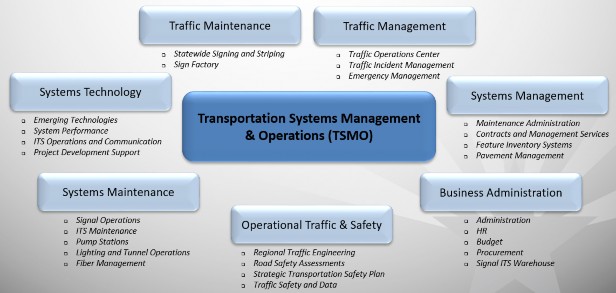
Figure 4. Chart. ADOT TSMO Division Organizational Structure
Source: AZDOT
After the TSMO division was created, internal meetings were held with senior leadership from all ADOT divisions and disciplines to communicate TSMO benefits as well as how roles and responsibilities could be implemented using existing staff positions and cooperation with external agencies. ADOT's TSMO organizational structure focused on restructuring existing positions within the agency versus a structure "from scratch." Initially, minimal changes were made to duties for daily operations staff because many were already performing TSMO tasks. ADOT's restructuring of existing roles and responsibilities facilitated efforts to re-align priorities and objectives the agency wishes to achieve through TSMO planning and project development. Communicating the benefit of TSMO to agency staff was critical to ensure a smooth transition to restructuring.
As ADOT continues developing their TSMO program, they anticipate that additional considerations and efforts will be needed for continued workforce development.
Strategically Developing a TSMO Workforce
The TSMO director is currently researching new strategic positions the agency can create to further enhance their TSMO organization, including staff with expertise beyond traditional civil engineering transportation disciplines. Additional professional capabilities could include systems engineering or electrical engineering to support technology initiatives. The TSMO director is working with regional universities to identify how various disciplines and roles can complement each other and provide the most benefit within the TSMO organization.
The synergy between ADOT and regional universities has facilitated multiple opportunities to further improve the agency's TSMO program. For example, the University of Arizona shared resources and provided technical students to help determine if ITS devices, such as ramp meters, were operational. The university also provided ADOT with analysis on how deployed devices operate, traffic flows in the region, and what opportunities exist to use communications infrastructure to monitor operational assets. This provided students with real-world experience and helped ADOT address analytics needs with limited funding. ADOT reciprocates the support by bringing TSMO concepts and best practice information to universities, which enables them to groom programs and students for future careers in TSMO-related fields, supporting organizational opportunities in ADOT.
During and after development of ADOT's TSMO program, the agency advocated for TSMO through frequent internal and external communications. The TSMO director used benefit-cost analysis to support organizational restructuring in the agency to obtain backing from partner agencies and senior leadership, which resulted in strong interest and full support from both.
New Hampshire Department of Transportation (NHDOT)
NHDOT is composed of five divisions: Division of Policy and Administration; Division of Aeronautics, Rail, and Transit; Division of Finance; Division of Operations; and Division of Project Development. There are 18 bureaus within these five divisions, including the Bureau of TSMO within the Division of Operations, which is responsible for maintenance of State highways, bridges, and the State's turnpike system.4
Organizational Structure
Before developing NHDOT's Bureau of TSMO, the State's traffic management center (TMC) was part of the Bureau of Traffic. Presently, TMC staff are assigned to the agency's Bureau of TSMO. These revisions to the organizational structure were made to better support TSMO objectives and strategies. Since restructuring, the agency changed their organizational structure from an engineering series, in which traffic engineers report to traffic engineers, to a supervisor series, in which supervisors oversee work from various engineering and operations disciplines. The Bureau of TSMO is divided into three sub-sections: TMC Dispatch Operations, Administration, and Operations/Maintenance. During planning and construction of the agency's TMC, Information Technology (IT) support staff and a TSMO technician position were embedded at the TMC to support TSMO initiatives. The statewide IT group became engaged with traffic operations projects during development of the agency's TMC. During that time, NHDOT identified the need to specifically dedicate IT resources to traffic management programs. IT staff continue to handle system networking and hardware, but their proximity to TMC activities also helps to maintain asset uptime for traffic management. Through TSMO-based concepts, the agency has refined their TMC to carry out mobility-based activities. Figure 5 shows the current structure of the NHDOT's Bureau of TSMO.
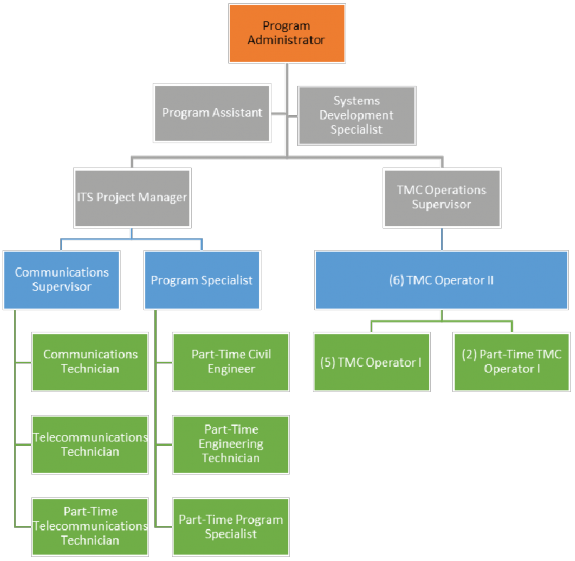
Figure 5. Chart. NHDOT's Bureau of TSMO
Source: Interview Information from NHDOT
A unique component of NHDOT's TSMO structure is the relationship between the TMC dispatch operations supervisor and the support staff. There are six TMC operators that report to the TMC supervisor. Each specialist manages a total of seven support staff positions. This structure ensures processes and daily operations are consistent throughout the group, which supports the TSMO culture in the agency.
Workforce Capability and Staff Development
As NHDOT works to update job descriptions, existing staff are currently performing tasks that are not traditional for their roles. In their five-year TSMO strategic plan, the agency has outlined the need to continually improve TMC training to ensure that statewide goals and objectives are met through the TSMO program. Proposed TMC projects include development of TMC standard operating procedures, TMC operator training, and weather situational awareness training. The plan also proposes improved training for intelligent transportation systems (ITS) device maintenance personnel. Having the TSMO strategic plan in place provides justification to fund these activities in the future.
Recruitment and Retention
Following development of the agency's TSMO strategic plan, the Bureau of TSMO used performance measures and asset management successes to show the value of new positions. Through data-backed success made transparent via the TMC dashboard, the Bureau has retained and increased TMC staffing. They have noted in the strategic plan that the agency intends to develop a method to improve TMC operator recruitment in the future.
NHDOT's Bureau of TSMO worked diligently to ensure that organizational restructuring would meet the needs of existing TMC staff and the agency. TMC operators continually provided feedback on staff needs and TSMO leaders worked to justify and identify funding needed to support success. Continuous communication with decision-makers about needs for redundancy and staff was noted to be a critical element in development of the program. The "grass-roots" approach used in this process promotes employee morale and can lead to increased staff retention.
Utah Department of Transportation (UDOT)
The Traffic Management Division within UDOT consolidates the ITS Division and the traffic operations center into one technology-oriented division. The Traffic Management Division is responsible for planning, designing, installing, operating, and maintaining advanced ITS technologies to improve transportation mobility, safety, economic prosperity, and customer satisfaction.5
Organizational Structure
UDOT's Traffic Operations is a sub-group of the Traffic Management Division and includes the traffic operations center, freeway operations, weather operations, and the statewide incident management team (IMT). UDOT recently revised their traffic operations section and the statewide traffic IMT organizational structures for the first time since 2003.
To make this revision, UDOT first determined the impact of restructuring. The number of incidents was steadily increasing, becoming a challenge for incident responders to clear all incidents efficiently. UDOT evaluated how TMC staff could support incident management to escalate incidents as necessary and ensure traffic flow returned to normal as quickly as possible after the incident was cleared. However, UDOT faced another challenge with this evaluation because none of the TMC operators were full-time employees and usually worked via an "oncall" schedule.
UDOT evaluated the relationship between IMT field staff and TMC operational staff and performed a benefit-cost analysis to identify what structure would work best for the State. Agency executives approved additional staff for the IMT and permanent staff for the TMC to support TSMO initiatives based on the analysis.
Due to UDOT's decentralized structure, it became challenging to share incident management support staff across multiple regions. As a countermeasure, UDOT used TSMO concepts and restructured their IMT into a matrix-style organizational structure so that IMT support staff are managed both regionally and statewide. This structure, shown in Figure 6, improved equipment consistency, overtime policies, resources, budget, and more. It also enables the team to function as one program versus separate regional programs, resulting in improved TSMO collaboration.
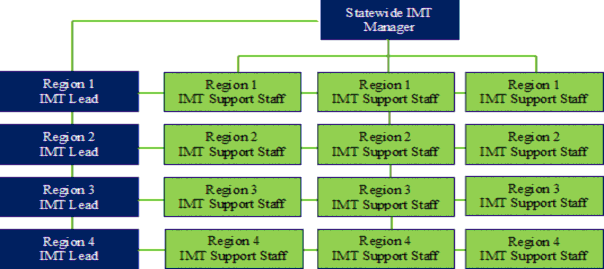
Figure 6. Chart. UDOT IMT Matrix Structure
Source: Interview Information from UDOT
Transportation professionals are often not familiar with matrix organizations, so the agency did receive some push back from internal staff after the new structure was released. However, once the benefit of this structure was communicated internally, the culture of agency staff shifted to an appreciation of the new organizational dynamics.
Staffing for Transportation Strategies
Since the recent restructuring, UDOT is working to prepare IMT staff requirements, roles, and responsibilities through development of a comprehensive incident management plan. The incident management plan will capture and explain how all divisions fit in with other suborganizational structures. The plan will also cover incident management goals and action items, and how they are integrated as well as plan for training, tools, resources, and more.
Until development is complete, existing staff will carry on with current responsibilities, including an added objective to collaborate more effectively across disciplines. The agency is collaborating with State highway patrol to place IMT support staff in efficient locations.
Recruitment and Retention
Based on the business case developed during organizational restructuring, several staff positions were approved for procurement in both TMC operations and for the IMT. New positions will be proportioned throughout the agency based on workload, lane miles, vehicle volumes, and other criteria. As UDOT continues to develop their incident management program, the benefit-cost analysis is a tool the agency intends to keep using to justify future TSMO-related positions.
UDOT noted that performing benefit-cost analysis was helpful in developing IMT positions. They feel the matrix structure selected is critical in providing consistency to the customer when transportation programs are public-facing. After implementation, this structure improved communication between central and regional offices. Reducing or eliminating silos is a key element of UDOT's TSMO-based organizational structure.
Vermont Department of Transportation (VTrans)
VTrans is responsible for planning, development, implementation, and maintenance of the transportation infrastructure in Vermont. The Highway Division of VTrans is organized into five bureaus (Municipal Assistance, Construction and Materials, Maintenance and Operations, Project Delivery, and Asset Management and Performance) and the Office of Highway Safety. Together, the bureaus handle year-round operation and maintenance of the road network, provide oversight for construction projects, ensure the quality of materials, and more.
Organizational Structure
When first developing a TSMO organizational structure, VTrans identified that several key TSMO positions were separated by different layers of the existing structure. These layers within the agency's structure can be seen in Figure 7.
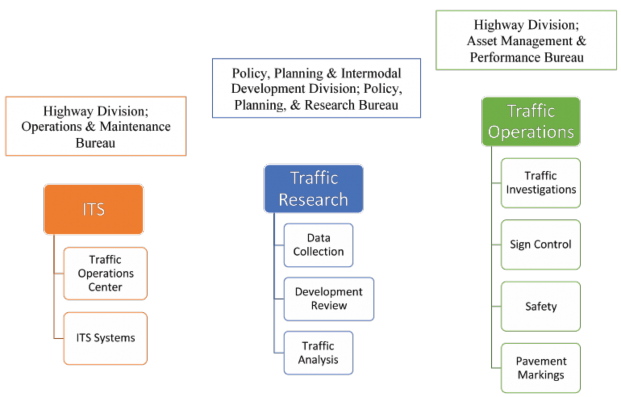
Figure 7. Chart. Existing TSMO-Related Positions
Source: Interview Information from VTrans
VTrans' TSMO group was recently created as part of the Maintenance and Operations Bureau of the Highway Division. The final organizational structure of TSMO is planned to be carried out in phases as resources allow. VTrans' TSMO implementation plan outlines nine organizational structure phases that the agency needs to fulfill to reach the final TSMO organizational framework. VTrans' present TSMO structure is currently in phase four as shown in Figure 8. The agency combined ITS, Traffic Operations, and Traffic Research into one TSMO group. Joining these sections enabled VTrans to align duties with TSMO goals and objectives. Positions in both traffic signal operations and work zone management, which had never existed before, were added to the agency. Once the traffic signal operations group was added to the TSMO structure, the agency began developing a traffic signal plan to outline maintenance, management, and operations of traffic signals. Through development of this plan and the benefits it identified, the agency approved additional field staff for the traffic signal operations group.
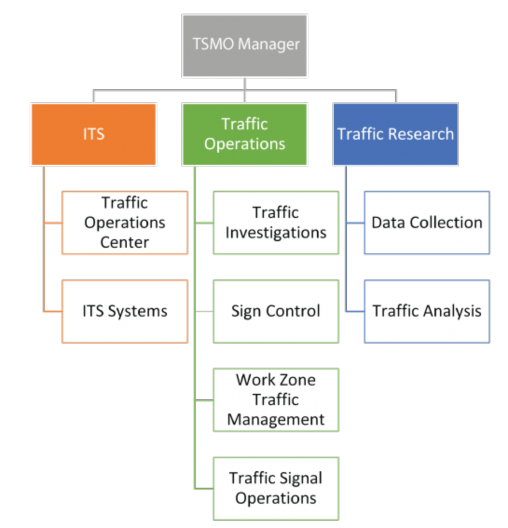
Figure 8. Chart. Phase Four of VTrans TSMO Organizational Structure
Source: Interview Information from VTrans
Since development of the TSMO group, the agency has also hired an electrical engineer to support technology-based assets and initiatives. This addition has helped the agency identify areas where they can improve implementation of TSMO strategies through technology driven deployments.
Workforce Capability and Staff Development
Weather conditions in the State greatly affect when maintenance and operations tasks can be performed. The majority of maintenance activities take place seasonally, as weather permits. This results in an unbalanced workload for maintenance and operational staff throughout the year. Additionally, separate staff maintain devices deployed on the roadway network for traffic signals and ITS devices. Because of these unbalanced activities, VTrans is working to revise existing positions so duties can be carried out as efficiently as possible. VTrans plans to begin cross-training maintenance employees so they can all maintain any deployed traffic device as needed. The agency also plans to cross-train sign crews for other field inspections. Cross-training will efficiently utilize staff for maintenance activities and allow other existing staff to focus on TSMO activities. As the agency continues to grow their TSMO program, they plan to continue cross-training and provide additional training as existing positions are restructured or new positions become available.
Recruitment and Retention
The TSMO group is currently working to develop career ladders for existing and new positions. The current desire is to hire from within the agency for the TSMO group and hire new entry level staff to gain TSMO knowledge. The entry level staff would be trained to support higher level positions in the future. Agency leadership also recognizes the importance of planning for TSMO strategies and plans to deploy a full-time operating TMC. They currently forecast that three additional positions would be needed to support the TMC.
The agency's TSMO Implementation Plan outlines each phase of the organizational structure of the TSMO group and highlights additional staff needed for final implementation. Thirteen positions, including some that have already been filled, are recommended for full implementation. The TSMO group manager is currently working to identify successes and challenges to make the business case for these additional positions.
VTrans noted that combining their data collection and operational staff into one organizational structure has helped the agency fulfill goals and objectives set forth in their TSMO plan. Focusing on one TSMO initiative at a time has enabled VTrans to use resources efficiently and achieve success that is realized by the entire agency.